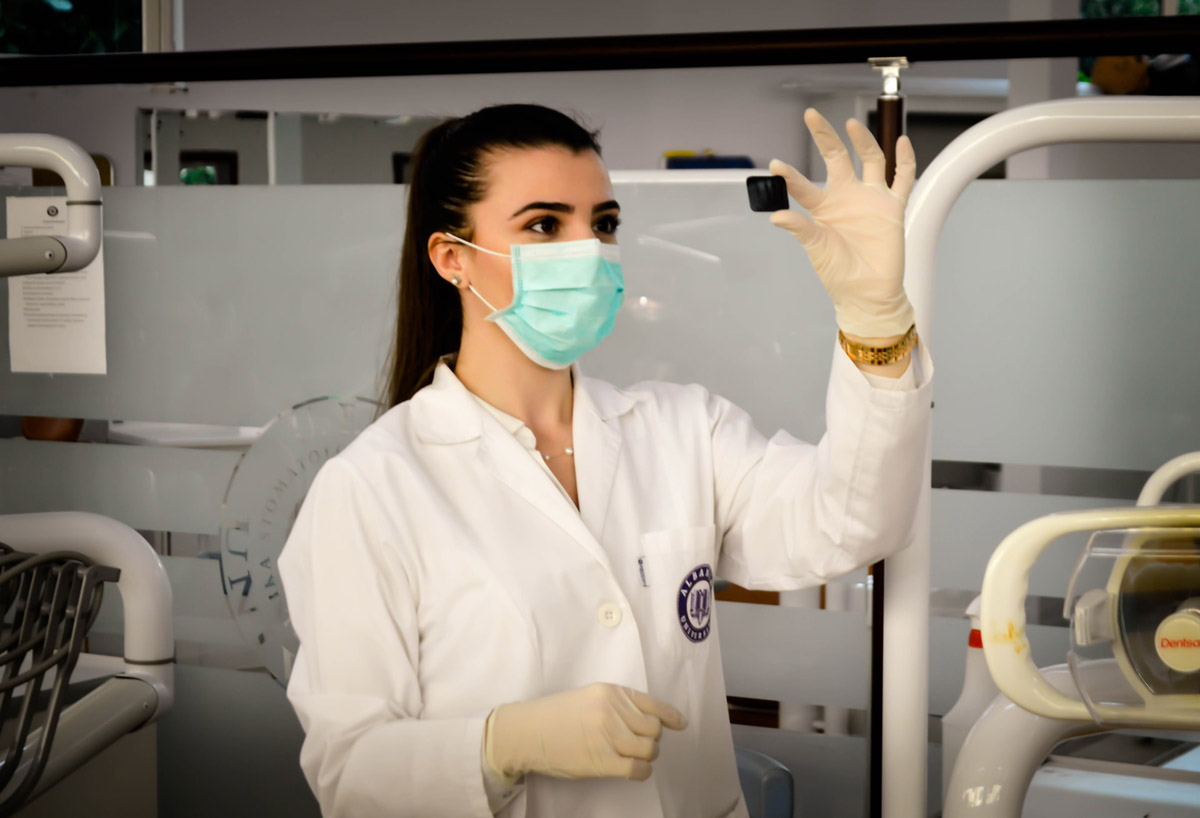This year is the first year that Queensland students will go through the ATAR system. The impact on high school rankings, and the desirability of entry into selective high schools may be impacted by this change in student assessment. Queensland has four selective schools and many of the private schools use their senior results as a selling point for recruiting new students. How will secondary school rankings change under the ATAR system and what do parents need to know?
Most parents grew up on the OP system (or the TE System before that). ATAR and the QCE is a completely different way of measuring overall performance (it’s closer to TE than OP in many ways). There is a lot of information to take in and understand on how these changes will impact your child. Here are four reasons the ATAR system is more beneficial to Queensland students no matter which school they attend.
What does ATAR mean for rankings in typically high performing schools?

For schools, understanding that this year is a game changer on many levels, means that they may need to reassess their key marketing message to align with the new ATAR system. The huge benefit of ATAR is the curriculum across schools is the same and the marking is more rigorous so high school rankings aren’t necessary anymore (unlike OP). ATAR is praised as a ‘levelling” mechanism for high school rankings, giving no inherent preference to private schools or selective schools like Brisbane State High or Queensland Academies. See My School for more information on NAPLAN based rankings
How the OP system impacted high school rankings
Under the OP system there was a “scaling of schools” on two separate levels, within the school and then across the school system. The OP system used Subject Achievement Indicators (SAIs) to scale students across different subject areas. Each “subject group” was scaled to the mean and mean-difference to the Core Skills Scaling scores for that subject group. OP then applied a second level of scaling – the between school scaling stage, where the Core Skills test to scale student performance into an Overall Achievement Indicator – banded into “the 25 scores”.
So how does all this impact high school rankings? Well, it’s widely seen as biased towards schools with better resources and more focus on “highly academic subjects” (aka subjects which require more intensive teaching resources). These subjects known as the ‘suicide six’ were largely considered the only way to get an OP1 – so schools encouraged students to take on these high pressure, intensive subjects. Traditionally too, these subjects are more popular in private boys’ schools than anywhere else – giving wealthy private school boys additional advantage.
Some argue that this lead to better OP scores for the more expensive schools – disadvantaging schools in poorer areas where there were lower achievers in the cohort.
The second major criticism of the OP system was that 25 bands weren’t enough to truly determine the quality of a student. ATAR offers a far more precise result, and with the absence of this school scaling system, a fairer result for all kids.
Do secondary school rankings matter?
As a student? Not really, under ATAR it will make very little difference which uniform you put on. It is far more focused on how hard/well you worked. But it does matter to high schools. Some schools use student achievement as the cornerstone of their marketing materials. Selective schools focus almost exclusively on their record for ranking. So, high school rankings are extremely important…to school marketing departments. Parents on the other hand, can feel satisfied that their children are going through a fairer system than they did under OP.
ATAR is used by all universities across Australia
With Queensland adopting the ATAR, this opens up opportunities for students who want to study interstate. The OP system was accepted by Queensland institutes and in most cases, those academic institutes would calculate and assign an ATAR mark to your child in order to place them fairly with the rest of the applicants who are vying for a position in the degree of choice. This could cause frustration and confusion for your student, particularly if they miss out on receiving an offer to study at a particular university or in a particular course. Having an ATAR mark that is earned by them puts them on a level playing field with the other hopeful applicants in the same degree. It also opens up wider opportunities to study in different states at a University of their choice rather than limiting them to local based schools.
ATAR is more precise
ATAR recognises subject areas as having their own value. This means that students across disciplines outside straight maths and science can score a higher ATAR than was possible under the OP system. Students will also receive a very precise ranking, rather than somewhere on the 1-25 scale.
How ATAR scores are calculated
An ATAR mark is based on an aggregate of scaled marks. Most students will undertake 10 units of study in five ATAR accredited subjects across Grade 12 (some schools may start these units in Grade 11). Of these 10 units their 2 English units will count, as well as the next best 8 units of work. If the student takes a 6th ATAR accredited subject or an extra certification, their 2 English units will still count however the next 8 units will be from the subjects that the student performed best in. This means that one subject will not count towards the overall ATAR and the student has a ‘spare’ subject
In Queensland, ATARs scaled at 30.0 or less will receive a mark of ‘30.0 or less’, and the highest possible mark will be 99.95.
There are four ways in which students ATAR marks will be calculated.
- Examination marks
- Assessment marks
- QCE marks
- Overall performance band
This means that all exams and assessments throughout the year are counted towards the overall mark as well as the final exams. In terms of high school rankings, this means that all schools must help kids achieve consistent marks, not just provide intensive tutoring around the university entrance exams.
ATAR is a fair system for all schools and students
The OP system has been criticised for not being a ‘fair system’. The mark can often not reflect the true efforts of individual students. In the past, students who have been disadvantaged by their OP score have had to enroll in a lower ATAR ranking university course, and spend a year working up to a high grade point average and then do an internal course transfer within the university of choice. This can add another year to students’ tertiary studies, whereas ATAR gives each student a more calculated overall score. In turn this gives students a better chance of gaining admission into the course of choice from the beginning due to fewer external factors.
The OP scoring system means that students sit in clusters, making university admissions a more difficult process – the scoring of ATAR moves in increments of 0.05 which can mean all the difference between a student with a 90.5 ATAR and a student with a 90.0 ATAR score.
It’s a hard year for high performing schools and boarding schools
This year was always going to be a difficult year for schools. The transition from OP to ATAR was always going to be marked with uncertainty and setbacks. Just when principals were wondering if 2020 could be any more difficult, enter COVID-19. Similarly, boarding schools face greater disruption to their school year and parents can be forgiven for worrying whether their top ranking boarding school is doing everything right. It’s difficult when your child is a long way away! Learn more about boarding school tutoring here.
What top-ranking schools are doing in preparation for ATAR
With school shutdowns and disrupted exams wreaking havoc on internal systems, more schools -are turning to ‘on-site private tutors’ to help carry the load of elite performance. How does it work? Your school’s semester one reports indicate a sharp drop in scores. Under the ATAR system, these scores WILL count towards your students’ university entry, and your school’s overall ranking. Your teachers are run ragged just keeping up and catching up.
The tailored solution to falling grades in years 11 and 12
In partnership with the Australian Boarding Schools Association and with our partner schools, A Team Tuition is implementing an ‘opt in’ ATAR tutoring program for both schools and directly to parents. Our one-on-one private tutoring can be delivered to your student in person, or online and is custom-designed to rapidly improve performance in your student’s weaker ATAR subjects. Whether it’s just the one, or the whole bevy of subjects.
Find Out How We Can Help Now
This is a high stress time for senior students and our approach to intensive tutoring focuses on giving them back some control. It empowers them to block out the world and focus on getting the right score for university entrance and provide them the strategies and support throughout the entire process. We understand the pressure your teen is under. We’re here to support them, cheerlead them and most importantly, give them workable strategies for achieving their goals. You sent your child to a selective or private school for their high school rankings. Don’t let them stumble at the last block
The post How Will High School Rankings Change Under ATAR? appeared first on A Team Tuition.
from A Team Tuition https://ift.tt/32tnLXm
via
IFTTT









